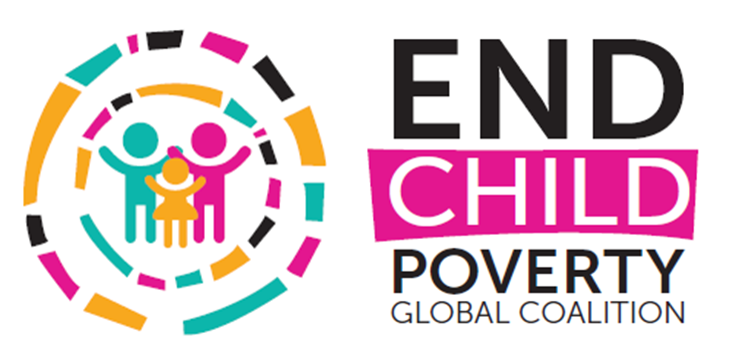A world free from child poverty: A guide to the tasks to achieve the vision
A world in which no child grows up in poverty and every child can fulfil their potential would be a different world indeed. This is why we see ending child poverty as a defining challenge of human progress.
While there have been many positive changes in recent decades, the challenges for children remain significant: children are significantly more likely to live in poverty than adults, and the impact of poverty on children can be devastating and lifelong, with implications for future generations and society as a whole. Furthermore, children face these challenges globally, in richer and poorer countries alike.
Crucially, although perhaps less recognized, there are specific solutions to address child poverty. These range from direct transfers and benefits that reach families with children living in poverty, to ensuring real access to quality services for all, to addressing the stigma and discrimination that can block children’s hope and potential, not least – and perhaps most cruelly – in their own minds.
Despite this, in many countries, child poverty is not explicitly targeted as a national priority, and it is often not routinely measured or reported on. Two years ago, a diverse group of organizations came together to form a Global Coalition to End Child Poverty to work collectively for change.
A world free from child poverty: A guide to the tasks to achieve the vision is an attempt to harness our knowledge and experience to support national processes to achieve Sustainable Development Goal (SDG) 1 on Ending Poverty, which includes children explicitly for the first time in global poverty goals and, in doing so, support all the SDGs which are so crucial to the realization of children’s rights.
Download the guide by milestone
To recognize the importance of having a clear sense of intention around child poverty work, the Guide suggests – and is organized by – an indicative set of Milestones to guide work. It is important to stress in reality countries will start from different places and will follow different paths, the indicative Milestones to organize the guide are:
Milestone 1: Building a national pathway to end child poverty
A number of countries are not currently prioritizing child poverty and not producing national child poverty measures. Convening stakeholders to share information about child poverty and its responses can be an important step in understanding how, and indeed if, to move forward, and what a national pathway to achieving the SDGs on child poverty may look like.
Milestone 2: Measuring child poverty
Routine national measurement of child poverty is central. Without knowing how many and which children are living in multidimensional and monetary poverty, we cannot know how we are progressing to the goal, or the impacts of particular policies and programmes on child poverty. Technically measuring child poverty is not difficult, yet there can be a number of options that can confuse, and it does require some particular statistical expertise.
Milestone 3: Putting child poverty on the map: child poverty advocacy
Child poverty has been shown in many contexts to resonate with both the public and decision makers as a priority issue. Broad child poverty advocacy and communication of the results of child poverty measurement can raise the issue up national political agendas, as well as raise awareness in specific and influential audience groups. Crucially, it can begin the conversation on policy and programmatic solutions.
Milestone 4: Reducing child poverty through policy and programme change
To reduce child poverty requires appropriate policies and programmes to be initiated or expanded. There are a clear set of approaches – ranging from cash transfer programmes to improving access and quality of education for the poorest children – that can make a difference. To make these changes requires clarity on which approaches are needed for the particular national context, and a combination of advocacy and technical analysis to support policy makers in forging change.
Milestone 5: Achieving the SDGs: ending extreme child poverty and halving it by national definitions
For some countries, the final step may be integrating child poverty into a poverty reduction plan that fully considers children, or a child-specific national action plan. This can bring together the situation of child poverty with integrated policy and programmatic solutions. Crucially, the implementation of these plans should be monitored and evaluated.


